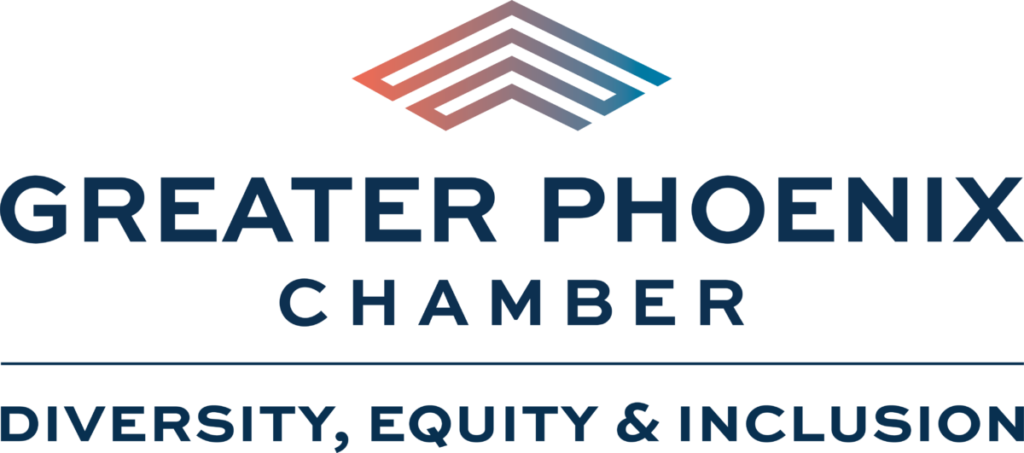 By Doris Savron, DEI Committee Member
By Doris Savron, DEI Committee Member
Have you heard the terms implicit bias or unconscious bias often recently and wondered what they mean? The terms are used interchangeably and mean the same thing. If you do a search, you will find a variety of definitions but, ultimately, they are learned assumptions or attitudes about certain groups of people and can cause us to make quick decisions because of our backgrounds, experiences and perceptions that form these attitudes over time. Those assumptions and attitudes can so deeply be engrained by societal beliefs and experiences that they get wired in our brains unknowingly and can reinforce stereotypes. The word bias has taken on a negative connotation because of this reinforcement. However, we all have biases because our brain categorizes information to help prevent cognitive overload. Understanding these unconscious biases, helps us avoid making decisions that could be discriminatory in nature or harm certain groups of people.
Common unconscious bias includes age, gender, names, culture and skin color, appearance, and affinity. For example, an assumption about someone’s age can influence medical treatment they receive; or selecting candidates based on whether they act or think “like” us. In education, images, scenarios or even language used can reinforce biases. However, there are solutions for uncovering our potential biases.
Three things you can do to understand your own biases:
- Start with self-reflection and understanding your own assumptions. Are you taking in information that helps you expand your perspectives? For example, what are you watching or reading, where do you spend time on social media, what networks do you belong to, who do you spend time with most often?
- Take time to get to know and understand others’ stories
- Participate in training or webinars. There are free resources available. Take advantage of the resources available in your own organizations.
For people leaders:
- Provide opportunities for training and discussions
- Provide a safe environment for people to share feedback or concerns
- Monitor your decisions, particularly those made off “gut instincts” in hiring
- Review hiring practices both in where openings are posted, how candidates are initially screened, as well as who participates in the final decisions
Being aware of our own biases can help us form stronger relationships, be better team members, and more effective leaders. There are benefits for the organization as well:
- Improve equity, inclusion and create a culture of belonging
- Improve decision making
- Improve collaboration and employee engagement
- Improve innovation and creativity
- Improve organizational performance
- Attract and retain talented staff
For more resources:
A Guide to Inclusion Language: https://www.marketing-partners.com/guide-to-inclusive-language
Bias Free Language Guide: https://apastyle.apa.org/style-grammar-guidelines/bias-free-language
Educational Equity Webinar Series: https://www.youtube.com/playlist?list=PLob1O8IDG1UC4oPvWiFJr86jHV6bl6IYZ
Harvard Implicit Bias Test (to help understand your biases) –Take a Test (harvard.edu)
Jennifer L. Eberhardt. Biased: Uncovering the Hidden Prejudice that Shapes What We See, Think, and Do



You must be logged in to post a comment.